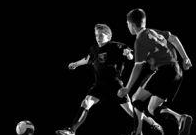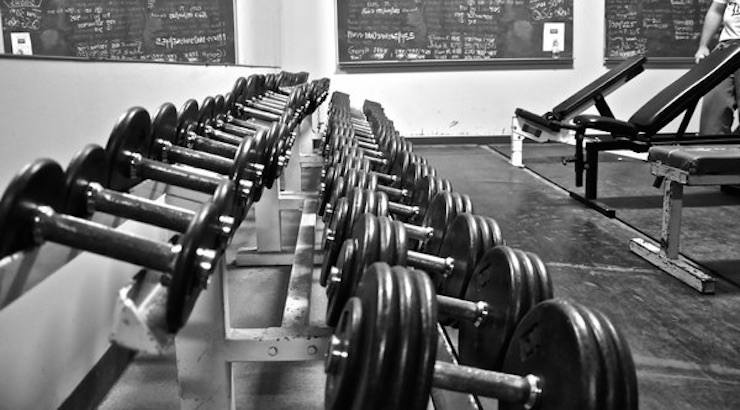Common Mistakes Soccer Players Make in the Weight Room
This critical time before State Cup can be a great opportunity for skill development and training. Velocity has great ideas for improving performance on the field.

Oscar Wilde once said that “experience is the name that everyone gives to their mistakes.” Unfortunately, too many soccer players gain “experience” at the expense of their bodies and their speed. Players need to approach their time in the weight room differently than non-athletes who are probably lifting for appearance, not performance.
The following is a list of some of the more common mistakes that soccer players make in the weight room, and some alternative exercises that make a little more sense.
This advice is for healthy players, so if you’re getting over an injury, listen to your doctor.
Not Lifting to Make you Faster
Your muscles are smart. When you lift weights in a nice, slow and controlled manner, they get stronger – but primarily at that speed. There’s truth to the grammatically flawed statement that if you lift slow, you become slow. So once you have the movement of a lift down, make sure you’re mixing in some sets with lighter weight done at maximal speed. So, instead of always doing squats, try Jump Squats.
Get a barbell and set up for squats as you normally would, but with less weight – around 75% of your max. Because we’re using squats to make you jump higher and run faster, pay attention to your foot position. Your feet should be right under your hips and your toes should be pointed straight ahead – just like they’d be if you were sprinting. Descend into your squat, and once you get to the bottom, explode upward and jump as high as possible. Try to land as softly and quietly as you can, absorbing the weight with your legs and hips.
Wasting Time with Single-Joint Exercises
Most athletes don’t want to spend 2 hours in the weight room because the longer you stay there, the heavier things seem to get. So don’t waste time with exercises that just move one joint; exercises like bicep and hamstring curls, leg extensions, tricep extensions, etc. Soccer is a sport that involves lots of moving parts, so getting more bang for your buck in the weight room is also more sport-specific because it forces muscle groups to work together. A great multi-joint exercise for soccer players is the Push-Press.
Grab a barbell with both hands slightly wider than shoulder-width apart and rest it on the front of your shoulders. Keeping all of the weight in your heels, quickly dip your hips downward slightly before reversing to drive the bar explosively upward with your legs. As the bar travels upward it may become necessary to use your arms to lock the bar out overhead.
Using Machines
Most fitness centers are filled with weight machines because, in theory, mom and dad are less likely to get hurt using them. They keep your body moving is a safe, pre-designed path. Unfortunately, soccer has no pre-designed paths. You need to prepare your body for the chaotic world of sport, so you should be lifting with your feet on the ground and weights that must be stabilized by your muscles, not a machine. The Deadlift is a great ground-based exercise.
Grasp the bar from the ground with you hands shoulder-width apart and feet right beneath your hips. Arch your back and lock it into place so that is doesn’t round when you start to lift. Keeping your weight in your heels and the bar close to your body, lift the weight off the floor and up to your waist. Lower and repeat.
Lifting Light Weights
If weights were meant to be light they wouldn’t call them “weights.” Lifting light weights in an effort to “tone” is a fallacy—if you’re doing 8 reps of an exercise, reps 7 and 8 should be tough. Muscles only get stronger where they’re progressively given more and more stress. When you stop stressing them, they stop adapting. So ditch the 5-pound dumbbells and start getting stronger.
Not Doing Single-Leg or Single-Arm Lifts
Every time you chase a ball down the pitch or jump for a header, you’re doing a series of explosive, single-leg movements. So don’t limit your potential by only doing exercises on both legs. Injuries occur when your muscles develop imbalances. Exercises such as the Bulgarian Squat help make sure each leg is pulling its weight.
Stand in front of a low box and reach one foot back on top of it. Keeping all the weight in your front heel, drop your back knee to the ground. Once you’ve reached the bottom, press through that front heel until you’re back up. Start with just your body weight because these can make you sore if you’re not careful. You can progress to dumbbells or a barbell once you get stronger.
See if a soccer Team Training is available. For more informationTeam Training Session






